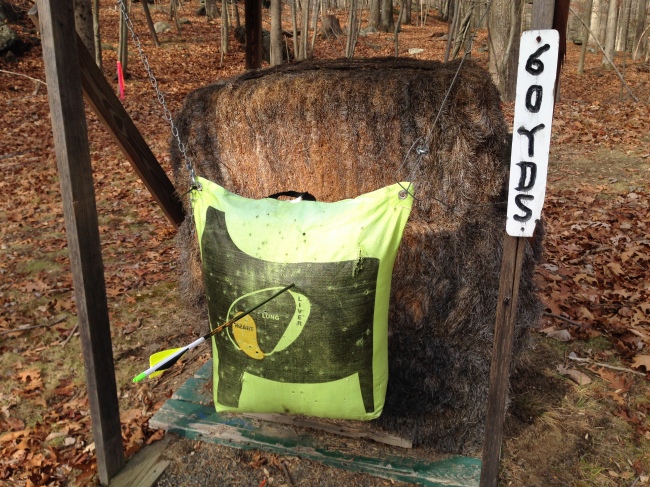Here recently I have been watching and listening to some top-level archery coaches and one little thing that I have found is how they view the anchor point is quite different than how many “Traditional” archers do.
Now, before I go any further I must say that I’m not an Olympic archer, nor do I use their system. But I do employ different concepts from them into my shot cycle. So, to an Olympic Archer, yes, I do know that I’m not following the exact meaning or use of how you do it. Rather, I’m taking it and adapting it to what I do.
First let me ask you a few questions:
- What is your anchor?
- What is your anchor point?
- What is the purpose of your anchor point?
- Why did you choose that location for your anchor point?
For most the answer to the first question is the second question.
For the second question, the most answer will be corner of the mouth or somewhere around there.
For the third question, most will answer that it ensures they draw the same every time
For the fourth question, if you are like me, will have no real reason besides, that is what everyone does.
So why an anchor and anchor point? You see in Olympic archery they have both. The anchor point is a place where you hand Is when you are at anchor. Make sense, right?
So, what is your Anchor?
Your anchor is when you are at Skeletal Alignment or Bone on Bone.
To see what I mean, raise your arms like you are holding a bow and move your draw elbow back till you reach skeletal alignment. That position there, the skeletal alignment, that is your anchor. You will also notice that your hand is past your traditional anchor point. More on that later.
We all know the shot cycle, right? Lift the bow, draw and then anchor. Notice it did not say, “Lift the bow, draw then Anchor Point”. But that is what we do right?
By doing it our way, we draw, reach our anchor point and then try to reach skeletal alignment. If you are like me, your mind is busy at this point trying to figure out if you hit that alignment or not. In fact, on some shots your mind is racing isn’t it? We are far from relaxed and calm and it affects our shot.
Instead, what we should be doing is drawing, reaching anchor and then you set your anchor point. Yes, I know that is a small difference, but it can really help.

